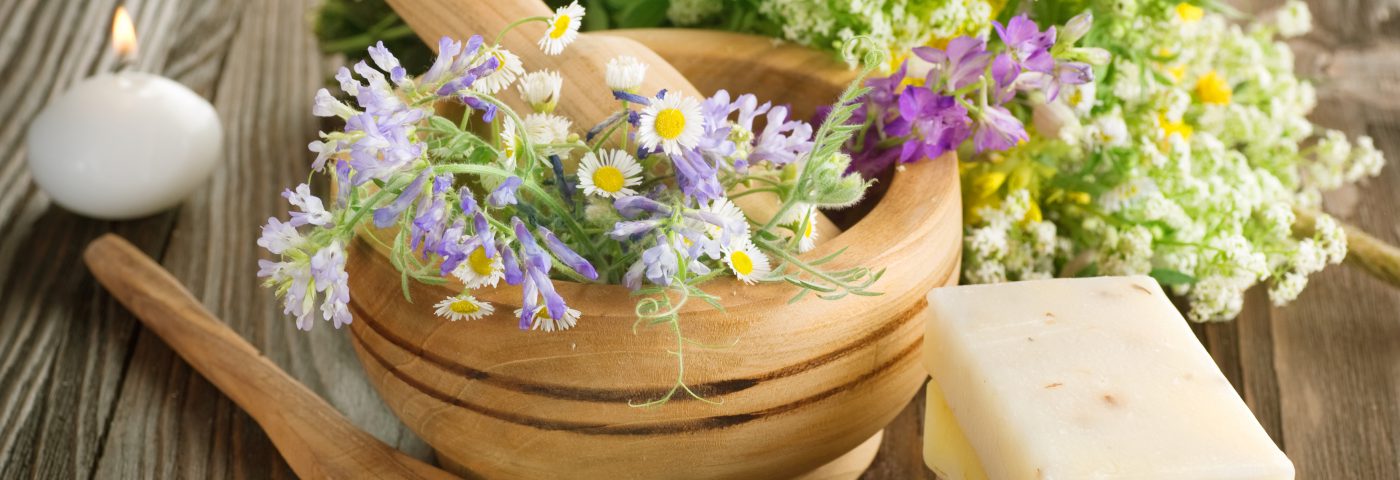The concept of sustainability in the toiletries, fragrance and cosmetics (HPPC) sector is now more than a trend. It has become something almost mandatory in company planning, mainly over the last few years. In general, the industry and cosmetics producers are concerned over sustainability, and consumers, who are increasingly more aware of products’ manufacturing and commercialization processes are concerned too.
Companies wishing to survive in the future cannot merely concern themselves with economic factors, but in planning must play their part in the sustainable development of the planet, using management tools that add to data analysis and the making of decisions aiming towards this.
This may imply they modify their production processes and build production systems that do not negatively impact on nature, such as dealing with their residual waste products, using clean technologies or offering products and services that contribute to a better environmental performance of the industry’s consumers and clients.
Green cosmetics
Generally speaking, green or natural products are those obtained via a clean and sustainable process. Eco-friendly products are a sector novelty and enterprising entrepreneurs are investing more and more in the ‘green marketing’ market. This trend to seek out the green, the natural, covers the areas of health and beauty in an innovative way.
Products with natural ingredients, recyclable or biodegradable and that are not tested on animals are now seen more and more on shelves and enjoy greater sales, even if they are more expensive. The range of products with these characteristics already includes moisturizers, soaps, face and hair masks, makeup, oils, gels, hair dyes, varnishes, conditioners and shampoos.
The term natural signals that the ingredients were not greatly modified from their original form found in nature. The concern is that they are not obtained in an way that involves animal cruelty or death and are naturally produced by the living being, such as honey from bees, or obtained from flowers, leaves and fruit. In addition to these questions, there is also the concern to put back into nature, to restock and so avoid any species becoming extinct.
Biodiversity redesigning the beauty industry
Biodiversity, or biological biodiversity, represents every variety of life on the planet. Biodiversity is much more than mere species. We are constantly encountering and relating to some aspect of it, from what we eat to what we wear, from medicines to products we use for hygiene and domestic cleanliness.
Further, biodiversity is not only to be considered in terms of the goods it offers, but the services too. It’s in the air we breathe, the clean water we drink, the monitoring of waste and pollution, our leisure in the park and the pleasure we feel in contemplating a variety of scenes. The existence and maintenance of all this is directly related to the way in which we use these resources, how we respect and protect the ecosystems and the species that live in them.
Industry and biodiversity in Brazil – Opportunities
In the search for new products, the bioprospection of new molecules and active ingredients of components of Brazilian biodiversity is seen as a promising area. Several companies and research centers are looking into Brazilians biomes for their economic (in particular via biotechnology) and social benefits. Opportunities for the HPPC sector are:
- The discovery of new ingredients;
- The increased trend for natural and organic cosmetics, creating opportunities to benefit from biodiversity and create new generations of natural-based products;
- Branding and new markets, via responsible management of biodiversity. This can enhance products’ brands and the access to new markets and recipe sources.
Today the majority of consumers are part of the green movement, owing to global climate change, expecting biodegradable, recyclable and environmentally friendly products. This is the path that companies need to follow to find success.
Source: III Caderno de Tendências 2014-2015 da ABIHPEC (Associação Brasileira da Indústria de Higiene Pessoal, Perfumaria e Cosméticos) / ABIHPEC (Brazilian Association of the Cosmetics, Toiletry and Fragrance Industry) III Book of Trends 2014-2015

